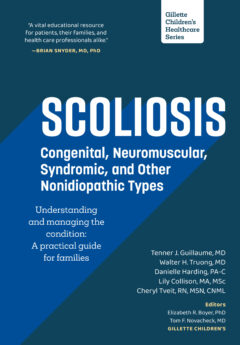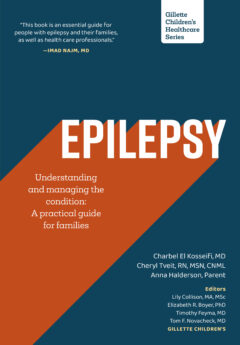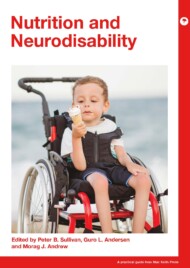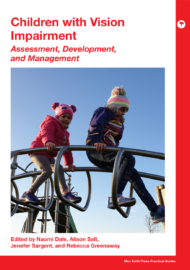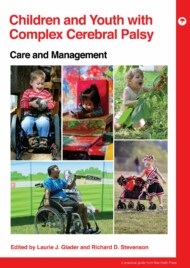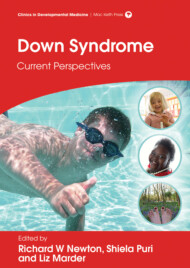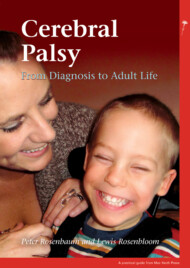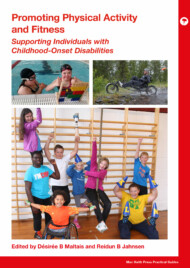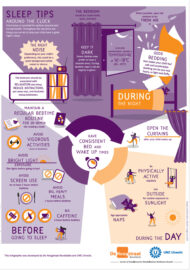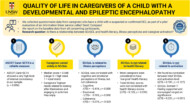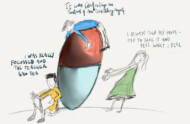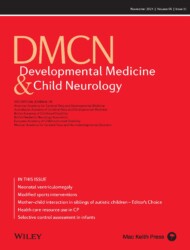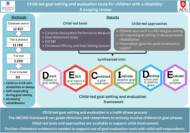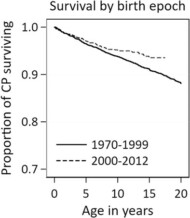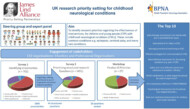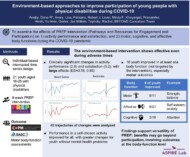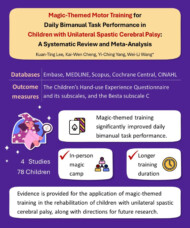Welcome
Start exploring here! We hope this will be a useful resource to help you find the information you need about cerebral palsy and other childhood-onset disabilities. We want to help you to find answers to your questions – so please let us know what else you would like us to cover. Here we are presenting videos, summaries, research information and other resources.
Read on for more
Ways we can help
1
Family-friendly Books
Discover our collection of family-friendly books featuring accessible, research-based insights. These titles include the perspectives of families and individuals with lived experience, offering valuable guidance while supporting parents on their journey.
2
Free Chapters
We have selected a range of chapters from our books, offering helpful insights and practical tips. Our chapters summaries highlight key points. View the full chapter to explore each topic in more depth.
3
The Knowledge Bank
Explore the answers to your questions here. Find out more about conditions, treatments, interventions, and all aspects of care. Follow signposts to find more in-depth, evidence-based information from Mac Keith Press content, as well as other great sources of knowledge.
4
Plain Language Summaries
Plain language summaries are an effective way of communicating scientific research to a wider audience. By presenting the key findings and significance of a study in easy-to-understand language, the content becomes more accessible to more people. Here we present summaries of papers published in Developmental Medicine & Child Neurology (DMCN).
5
Helpful Videos
Here you will find a collection of short videos from authors and editors summarising their work. They cover Developmental Medicine & Child Neurology (DMCN) articles, Mac Keith Press books and e-learning. The aim of the videos is to help viewers get a clear understanding of why the research is important, how it was carried out, and real-world implications.
Gillette Children’s Healthcare Series
The goal of the Gillette Children’s Healthcare Series is to empower families through a greater understanding of their condition and therefore help optimize outcomes for children, adolescents and adults living with these childhood-acquired and largely lifelong conditions.
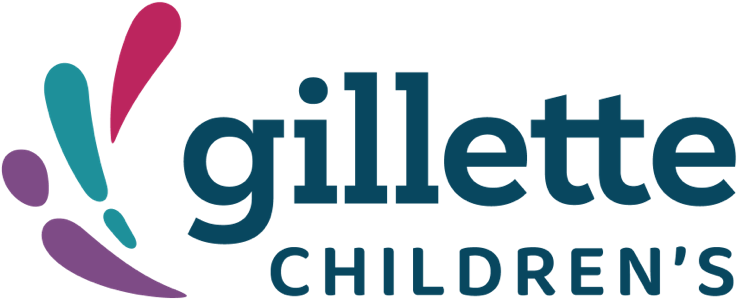
Free chapter downloads
The Knowledge Bank
Explore the answers to your questions here. Find out more about conditions, treatments, interventions, and all aspects of care. Follow signposts to find more in-depth, evidence-based information from Mac Keith Press content, as well as other great sources of knowledge.
How do we prepare for craniosynostosis surgery as a family?
Preparing for surgery as a family involves several key steps that begin several weeks before the procedure. It involves the craniofacial team, including the craniofacial surgeon, neurosurgeon, and other specialists, will evaluate your child for any potential medical issues that could affect the surgery.
How do we prepare for craniosynostosis surgery as a family?
This answer is adapted from section 4.2 of the Gillette Children’s Healthcare Series book on Craniosynostosis.
Preparing for surgery as a family involves several key steps that begin several weeks before the procedure. The craniofacial team, including the craniofacial surgeon, neurosurgeon, and other specialists, will evaluate your child for any potential medical issues that could affect the surgery. During this time, your family will receive guidance on what to expect, including pre-operative instructions, care routines, and how to support your child emotionally and physically.
Families are encouraged to ask questions, review educational materials, and participate in discussions with the medical team to fully understand the process. Some hospitals, especially those who care for infants and children, will offer the opportunity to take a tour before surgery, which can help lessen stress on the day of surgery. If an in-person tour is not an option, ask about a virtual or video tour, which many hospitals offer.
Child life specialists are frequently available in children’s hospitals and can work with children in age-appropriate ways to prepare them for surgery. Child life specialists can also provide siblings strategies that may be useful to prepare them for what their brother or sister will look like after surgery, particularly if siblings will be visiting in the hospital. Emotional and practical support for parents and siblings is very important.
Families are often advised to plan for recovery at home, arrange for help with daily tasks, and stay in close contact with the medical team throughout the process. Proper preparation can help reduce stress and ensure the family is ready for the surgery and hospital stay.
What is the difference between craniosynostosis and positional (deformational) plagiocephaly?
Craniosynostosis is a condition in which one or more of the fibrous sutures in an infant’s skull close prematurely, leading to abnormal skull shape due to restricted growth in one direction and compensatory growth in another.
What is the difference between craniosynostosis and positional (deformational) plagiocephaly?
This answer is adapted from chapter 5 of the Gillette Children’s Healthcare Series book on Craniosynostosis.
Craniosynostosis is a condition in which one or more of the fibrous sutures in an infant’s skull close prematurely, leading to abnormal skull shape due to restricted growth in one direction and compensatory growth in another. This is a structural and developmental issue involving the fusion of skull bones.
In contrast, positional (deformational) plagiocephaly is caused by external pressure on the skull, often from prolonged positioning on one side, such as when an infant sleeps on their back or lies in one position for extended periods. It results in a flattened area on the skull but does not involve premature fusion of the sutures. While deformational plagiocephaly may co-occur with craniosynostosis, it is not the same condition and does not involve bone fusion.
What does long-term outlook look like for children with craniosynostosis?
The long-term outlook for children with craniosynostosis is generally positive, particularly for those with nonsyndromic forms.
What does long-term outlook look like for children with craniosynostosis?
This answer is adapted from the Gillette Children’s Healthcare Series book on Craniosynostosis.
The long-term outlook for children with craniosynostosis is generally positive, particularly for those with nonsyndromic forms.
- Nonsyndromic Craniosynostosis: For children with nonsyndromic craniosynostosis who have undergone successful surgical repair, the long-term outlook is typically favorable. They can expect a typical life, with most requiring only a single surgery before their first birthday. Children with nonsyndromic CS (surgically repaired) age 7 to 16 years have a similar health-related quality of life (HRQOL) compared to typical children, and no major differences have been noted. Over 90 percent of children with nonsyndromic CS will not require any additional surgeries, and any remaining asymmetry is often not noticeable
- Syndromic Craniosynostosis: The long-term outlook for children with syndromic craniosynostosis is more complex and varies significantly depending on the specific syndrome. These children often require multiple surgeries throughout childhood and into adulthood to address the skull, face, and other associated medical issues. While they may face challenges related to cognition, behavior, speech, and other organ systems, they can still have a fulfilling life. The family and medical team work together to manage the condition, and children can participate in sports and activities as much as possible, with modifications when needed.
What is the difference between a seizure and epilepsy?
A seizure is an unexpected event caused by abnormal electrical activity in the brain, which may lead to sudden changes in movement, behavior, sensation, memory, or feelings. A single seizure, especially if provoked, does not mean a person has epilepsy.
What is the difference between a seizure and epilepsy?
This answer is adapted from chapter 1 of the Gillette Children’s Healthcare Series book on Epilepsy, understanding and managing the condition: a practical guide for families.
A seizure is an unexpected event caused by abnormal electrical activity in the brain, which may lead to sudden changes in movement, behavior, sensation, memory, or feelings. Experiencing or witnessing a seizure can be frightening, as it may involve jerking, shaking, twisting, or more subtle symptoms that are not always visible. Seizures can be provoked—triggered by factors such as fever, infection, electrolyte imbalance, or head injury—or unprovoked, occurring without an immediate cause. A single seizure, especially if provoked, does not mean a person has epilepsy.
Epilepsy, by contrast, is a medical condition defined by a tendency to have recurrent, unprovoked seizures. While epilepsy can occur at any age, it often begins in childhood or adolescence and understanding the difference between seizures (a single event) and epilepsy (a chronic condition) helps families feel more in control when navigating a diagnosis.
Submit a question
Let us know what other questions you have. Are there specific topics you would you like us to cover?
Contact us now using the form.
Plain Language Summaries
Plain language summaries are an effective way of communicating scientific research to a wider audience. By presenting the key findings and significance of a study in easy-to-understand language, the content becomes more accessible to individuals with disabilities, parents, caregivers, and others. Here we present summaries of papers published in Developmental Medicine & Child Neurology (DMCN).
Helpful videos
Here you will find a collection of short videos from authors and editors summarising their work. They cover Developmental Medicine & Child Neurology (DMCN) articles, Mac Keith Press books and e-learning. The aim of the videos is to help viewers get a clear understanding of why the research is important, how it was carried out, and real-world implications.
UK research priority setting for childhood neurological conditions| Jill Cadwgan & Rhys Inward |DMCN
Contact us
Please feel free to contact us if you have any feedback or suggestions:
